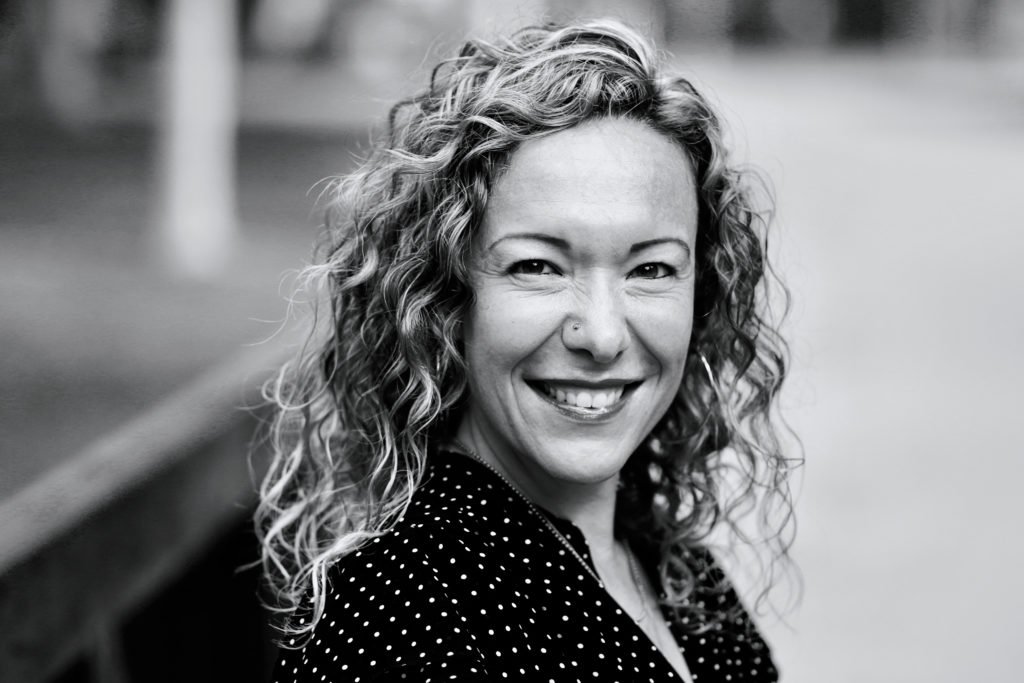Make a Five-Year Plan to Help Demystify Your Career Shift
After studying at the School of American Ballet for a decade and dancing with American Ballet Theatre for five years, Eleena Melamed knew she needed a change, but she wasn’t sure what. Now a managing director and head of strategic operations at the investment firm The Carlyle Group, she credits forming a five-year plan for her successful career change—and she wants other dancers to do the same.
Getting Started

“There’s no guidebook that comes with a dancer’s career, unfortunately,” says E. Sophia Kozak, a career counselor at Career Transitions For Dancers, who works with dancers looking to make a career shift. “A key factor in longer-term career-planning conversation is looking at a dancer’s priorities and how they may shift over time,” says Kozak. “Not just in their career interests, but also in family, finance and even geography.”
For her part, Melamed came to the realization that she wanted to leave ballet by picturing what her life might look like if she went to college. “I visualized myself there,” she says. “What would I study? What would I do? I had no idea what the answers were to these questions, but I was excited by the prospect. And if I could be excited by the prospect of something other than dance, I wanted to try it.”
Figure Out the Steps
At the heart of future-planning, says Kozak, is the question of how dancers can bring their dancer selves into whatever they do next. “Some feel like they don’t have anything else to offer, that they’re starting from scratch,” she says. “But after career counseling, they realize that they bring many skills that assist them to their new career.” It’s a matter of first owning those skills for themselves, she points out, and then figuring out how to articulate them on paper.
In her career counseling sessions, Kozak follows three main steps. First is “career exploration,” when dancers research different career opportunities, with the goal of identifying a potential new career. “The second phase is ‘career engagement,’ doing informational interviews about that chosen career, looking at job opportunities, developing a nondance resumé, engaging in a job search,” she explains. The final step—what Kozak terms “career commitment”—involves getting into school (if further education is required) and eventually obtaining meaningful work in that field.
That first phase, Melamed points out, is possible to do while still pursuing a dance career. “Volunteer as an intern in the finance department!” she says. “Or just raise your hand and say, ‘I want to learn more about costume design.’ ” This process is the same for dancers who intend to stay in the dance field—if your goal is to become a soloist in a ballet company in five years, for example, what steps might you need to complete in order to make that happen? “Maybe you have to get a coach,” suggests Melamed. “Maybe you have to work on your turns. Do you need to go to another company?” The key to any career transition, she says, is focusing on what you want and being realistic about your strengths, weaknesses and opportunities.

The other important part of any five-year plan? It likely won’t go according to, well, plan. “You can’t plan five years ahead with precision,” says Melamed. “But it’s not about precision—it’s about the exercise, and how it forces you to understand what’s important to you, what you want and how to get there.”
Transferable Skills
“To this day, ballet is ingrained in who I am, how I approach things, how I do things, and it’s therefore integral to my success,” says Eleena Melamed. Here are what she found to be her top transferable skills:
Discipline: “Learning discipline, focus and a strong work ethic at a young age made me an incredibly well-regarded investment banking analyst, leading to accelerated promotions early in my career,” says Melamed. “I didn’t have it in me to give up. I was not leaving my cubicle until I was done and it was perfect. Discipline and determination are learned, and nothing teaches that better than ballet.”
Teamwork: “When you’re in the corps de ballet, and you spend hours working to breathe on the same count—that’s being a part of something greater than yourself,” she says. “When I go to work every day, of course I want to succeed, but my approach is that I want my firm to succeed, first and foremost, and my success will stem from that.”
The ability to pivot: “I knew I would never be able to do 32 fouettés like Gillian Murphy,” she says. “But I loved acting, and I was good at it. So I raised my hand to do character roles. I didn’t care if I was playing the crone in Sleeping Beauty—bring it on! Now, at my job, I try to find where I can add the most value, given my strengths, and I lean into that.”
Familiarity with failure: “You learn how to fail as a dancer,” she says. “You’re not always going to get the part. You’ll mess up some auditions. Failure is just as important as success—it makes us resilient. I’m in a tough work environment, and if I mess something up, of course I get upset—we have high standards—but I own it, I learn from it, and I move on.”




